Elevate your skincare routine today.
Elevate your skincare routine today.
How to build skin care routine?
Building a skincare routine is essential for maintaining healthy skin. Start with a gentle cleanser to remove impurities. Follow with a toner to balance the skin’s pH. Integrate a moisturizer suitable for your skin type to keep it hydrated. Incorporate a broad-spectrum sunscreen during the day to protect from UV rays. For targeted concerns, like acne or aging, include a treatment like retinol or salicylic acid. Experiment cautiously and introduce one product at a time to monitor skin reactions. Finally, stay consistent with your routine and adjust as needed based on your skin’s response to achieve a radiant and healthy complexion.
In the morning, apply a broad-spectrum sunscreen to shield against harmful UV rays. In the evening, consider incorporating a treatment product, such as retinol for anti-aging or salicylic acid for acne-prone skin. Introduce new products gradually to monitor your skin’s reaction and avoid overwhelming it. Consistency is key—stick to your routine and make adjustments based on your skin’s evolving needs. Remember, everyone’s skin is unique, so tailor your routine to address your specific concerns for a healthy, glowing complexion.
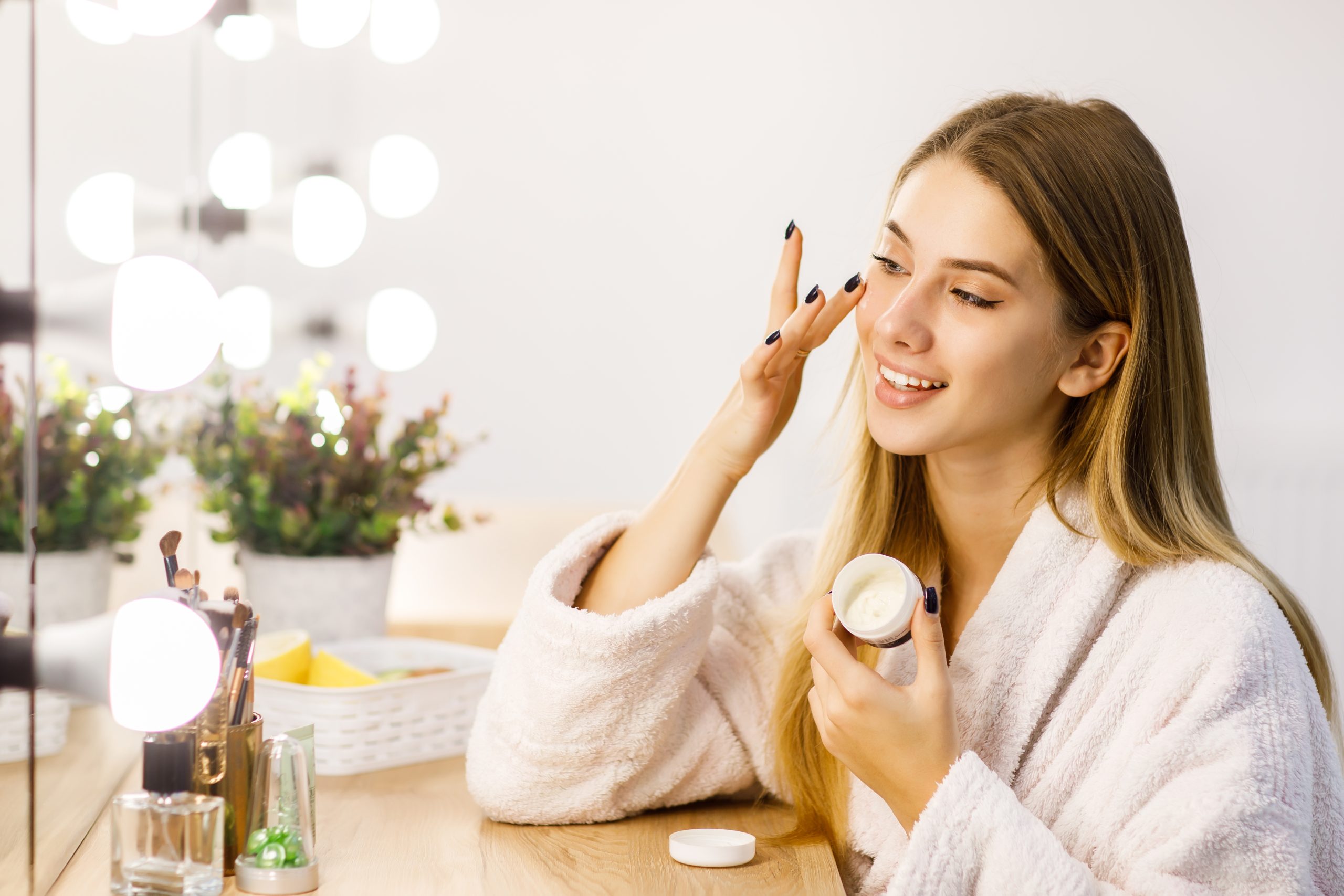
What are different skin types?
1. Normal Skin: Normal skin is characterized by balanced oil production, minimal imperfections, and a generally even complexion.
2. Oily Skin: Oily skin is characterized by excessive oil production, resulting in a shiny complexion, enlarged pores, and a propensity for acne and blackheads.
3. Dry Skin: Dry skin is characterized by insufficient oil production, leading to tightness, flakiness, and a tendency for fine lines.
4. Combination Skin: Combination skin is characterized by a mix of oily and dry areas on the face, with the T-zone (forehead, nose, and chin) typically being oilier than the cheeks and eye areas.
5. Sensitive Skin: Sensitive skin is characterized by a heightened reaction to various environmental factors or skincare products, resulting in redness, itching, or irritation.
How to identify your skin type and take care of them?
Normal skin
Normal skin is characterized by a well-balanced complexion without excess oiliness or dryness, typically exhibiting a healthy and even texture.
How can you identify normal skin?
1. Balanced Oil Production: Not excessively oily or dry.
2. Even Complexion: Uniform skin tone without redness or discoloration.
3. Minimal Imperfections: Few blemishes or blackheads.
4. Comfortable Texture: Skin feels neither too tight nor greasy.
5. Normal Pore Size: Pores appear normal, not significantly enlarged.
How to take care of normal skin?
1. Cleansing: Use a gentle cleanser to remove impurities. Cleanse in the morning and before bed.
2. Moisturizing: Apply a light, hydrating moisturizer to keep the skin nourished.
3. Sun Protection: Use a broad-spectrum sunscreen with at least SPF 30 during the day to protect against UV rays.
4. Healthy Lifestyle: Stay hydrated, maintain a balanced diet, and get enough sleep.
5. Minimal Products: Avoid overloading the skin with too many products. Stick to a simple routine to maintain the skin’s natural balance.
6. Regular Check-ins: Assess your skin periodically and adjust your routine as needed, especially with changes in climate or lifestyle.
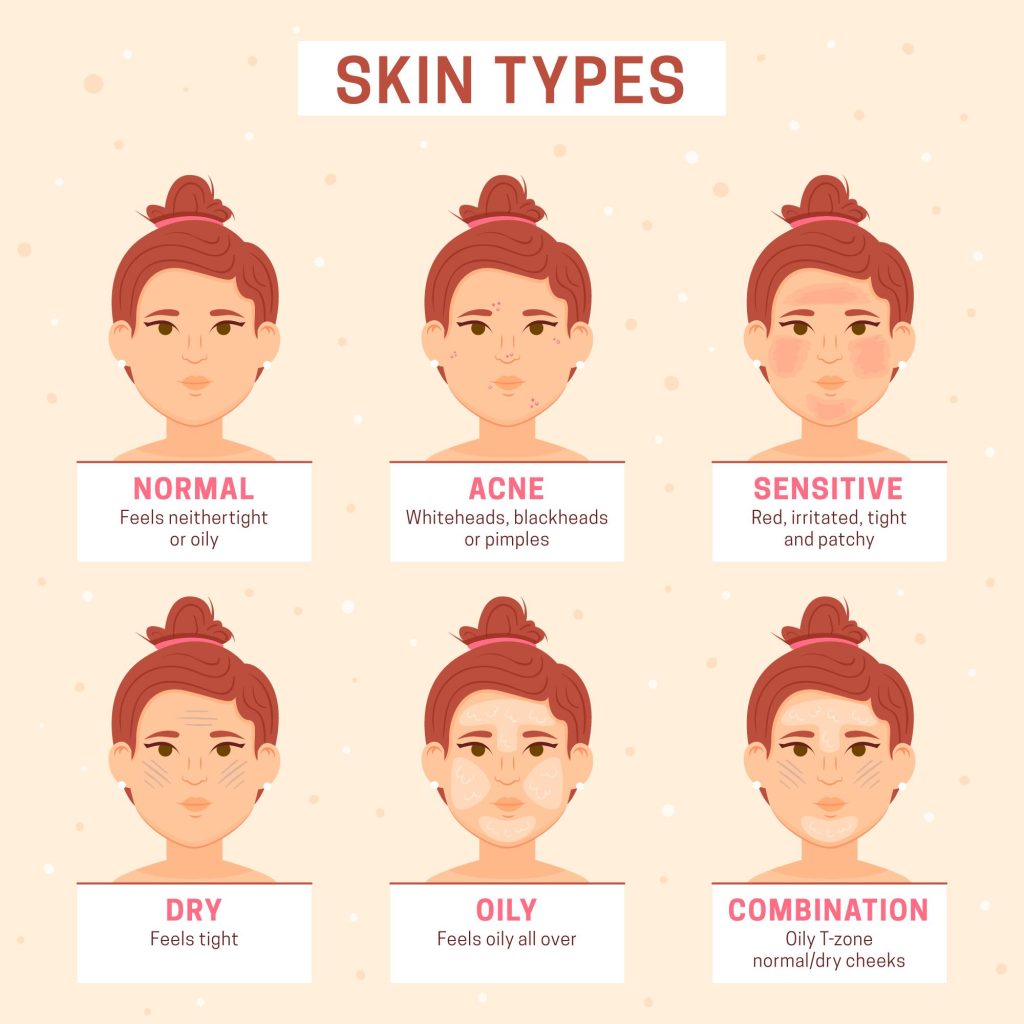
Oily Skin
Oily skin produces excess oil, often leading to a shiny appearance and a higher likelihood of acne.
How can you identify oily skin?
1. Shiny complexion: Oily skin tends to look shiny, especially in the T-zone (forehead, nose, and chin). This shine is caused by excess sebum production.
2. Enlarged pores: Oily skin often has visibly larger pores. Excess oil production can cause pores to become clogged and appear larger.
3. Frequent acne and blackheads: Oily skin is prone to acne and blackheads due to the excess oil mixing with dead skin cells and clogging pores.
4. Makeup doesn’t last: If you find that your makeup tends to slide off or doesn’t last as long, it could be a sign of oily skin. The excess oil can affect the staying power of makeup.
5. Regularly blotting or powdering: If you frequently need to blot your face with oil-absorbing sheets or powder to control shine, it suggests an overproduction of oil.
6. Visible oil on tissues: Gently patting your face with a tissue and noticing oil residue is another indication of oily skin.
7. Acne in specific areas: Oily skin is more prone to acne, and breakouts often occur in specific areas, especially the forehead, nose, and chin.
How to take care of oily skin?
1. Cleanse: Use a gentle, foaming cleanser twice a day to remove excess oil and impurities.
2. Moisturize: Choose an oil-free, non-comedogenic moisturizer to hydrate without adding extra oil.
3. Sunscreen: Apply a broad-spectrum sunscreen (SPF 30 or higher) daily to protect your skin from harmful UV rays.
4. Exfoliate: Use a gentle exfoliator 1-2 times a week to remove dead skin cells and unclog pores.
5. Clay mask: Apply a clay mask once or twice a week to absorb excess oil and purify the skin.
6. Oil-free products: Use skincare and makeup products labeled as “oil-free” or “non-comedogenic.”
7. Healthy diet: Maintain a balanced diet, limiting sugary and greasy foods, and stay hydrated.
8. Hands off: Avoid touching your face with unwashed hands to prevent transferring oil, dirt, and bacteria.
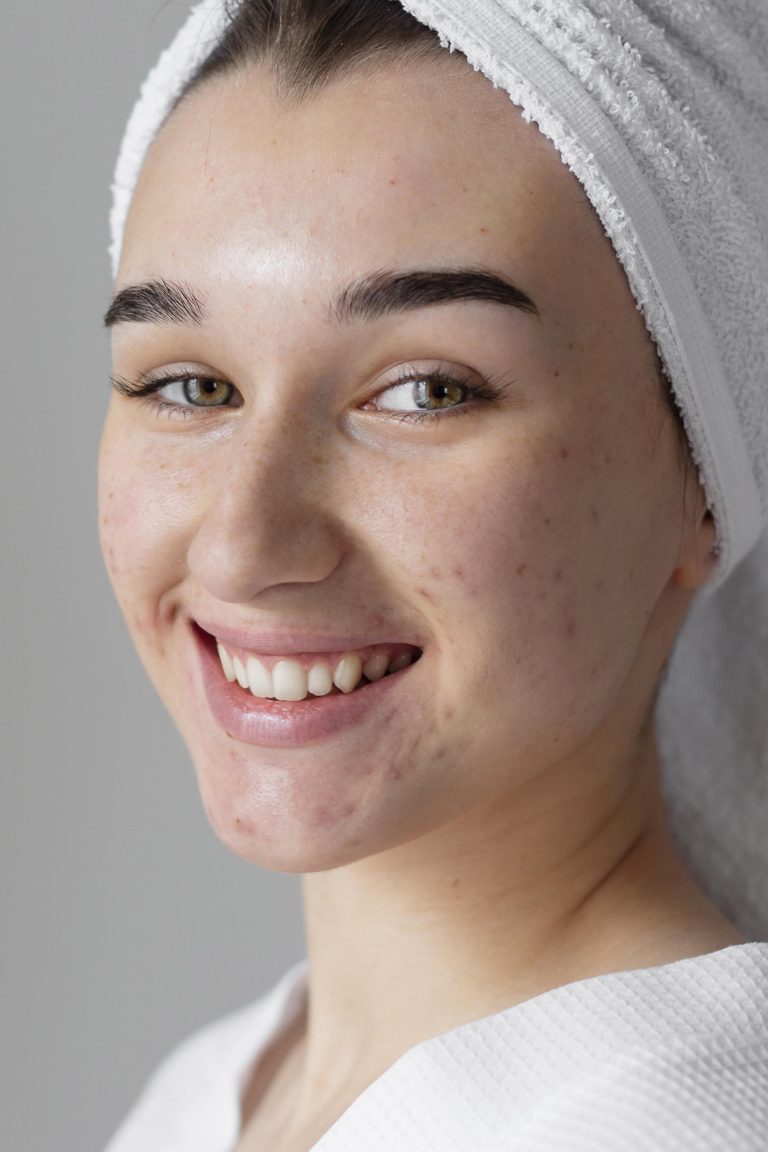
Dry Skin
To care for dry skin, use a gentle hydrating cleanser, moisturize regularly, and avoid harsh skincare products.
How can you identify dry skin?
1. Tightness and discomfort: Dry skin often feels tight, especially after cleansing.
2. Dull complexion: Lack of moisture can lead to a dull or ashy appearance.
3. Fine lines and cracks: Dry skin may show early signs of aging, such as fine lines and small cracks.
4. Redness and irritation: Dry skin can be sensitive, leading to redness and irritation.
5. Itching: Dry skin is prone to itching, which may worsen in dry or cold weather.
6. Visible peeling or scaling: The skin may peel or scale, especially in areas like the elbows and knees.
7. Frequent dehydration: Dry skin is more prone to dehydration, so staying hydrated may not directly improve skin moisture.
8. Lack of a dewy glow: Unlike oily skin, dry skin tends to lack a natural, dewy glow.
How to take care of dry skin?
1. Gentle Cleansing: Use a mild, hydrating cleanser to avoid stripping natural oils.
2. Hydrate: Apply a rich, moisturizing cream or lotion to lock in moisture.
3. Regular Moisturizing: Moisturize your skin regularly, especially after bathing.
4. Warm Water Showers: Use lukewarm water for showers, as hot water can further dry the skin.
5. Humidify: Use a humidifier to add moisture to the air, especially in dry climates.
6. Sunscreen: Protect your skin from the sun with a moisturizing, broad-spectrum sunscreen.
7. Avoid Harsh Products: Choose skincare products without alcohol or harsh chemicals.
8. Stay Hydrated: Drink plenty of water to hydrate your skin from the inside.
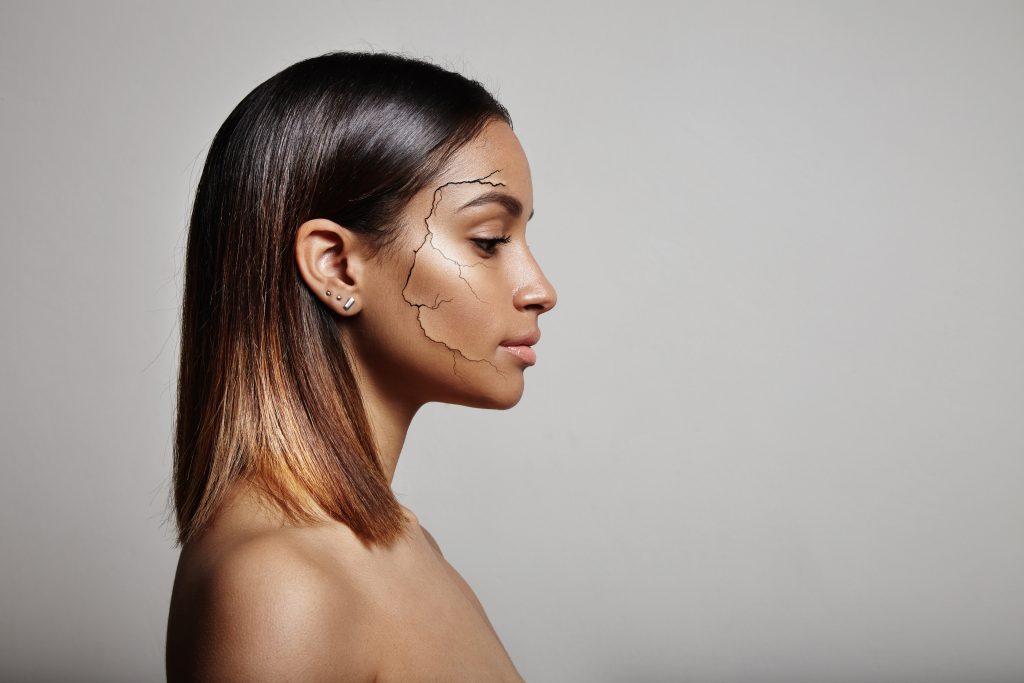
Combination Skin
Combination skin is characterized by having both oily and dry areas on the face, requiring a skincare routine that addresses both concerns.
How can you identify combination skin?
1. T-Zone Oiliness: The forehead, nose, and chin (T-zone) tend to be oily, with visible shine and enlarged pores.
2. Cheek Dryness: The cheeks may feel dry or normal, lacking the excess oil and shine present in the T-zone.
3. Occasional Breakouts: Oily areas may be prone to acne and blackheads, while dry areas may experience less frequent breakouts.
4. Seasonal Changes: The skin’s behavior may vary with seasons, becoming oilier or drier depending on environmental conditions.
5. Product Sensitivity: Some products may be too harsh for certain areas, causing irritation in dry zones and exacerbating oiliness in oily zones.
6. Fine Lines and Dry Patches: Dry areas may show signs of dehydration, such as fine lines or patches of flakiness.
How to take care of Combination skin?
1. Gentle Cleansing: Use a mild, hydrating cleanser.
2. Moisturize: Apply a rich moisturizer immediately after cleansing.
3. Humidify: Use a humidifier in dry environments.
4. Limit Exfoliation: Exfoliate gently, 1-2 times a week.
5. Sun Protection: Apply SPF 30+ sunscreen with moisturizing properties.
6. Hydration: Drink plenty of water for internal hydration.
7. Avoid Harsh Products: Choose alcohol-free and fragrance-free products.
8. Oil-Based Cleansers: Consider using oil-based cleansers for makeup removal.
9. Warm Water: Use lukewarm water for showers.
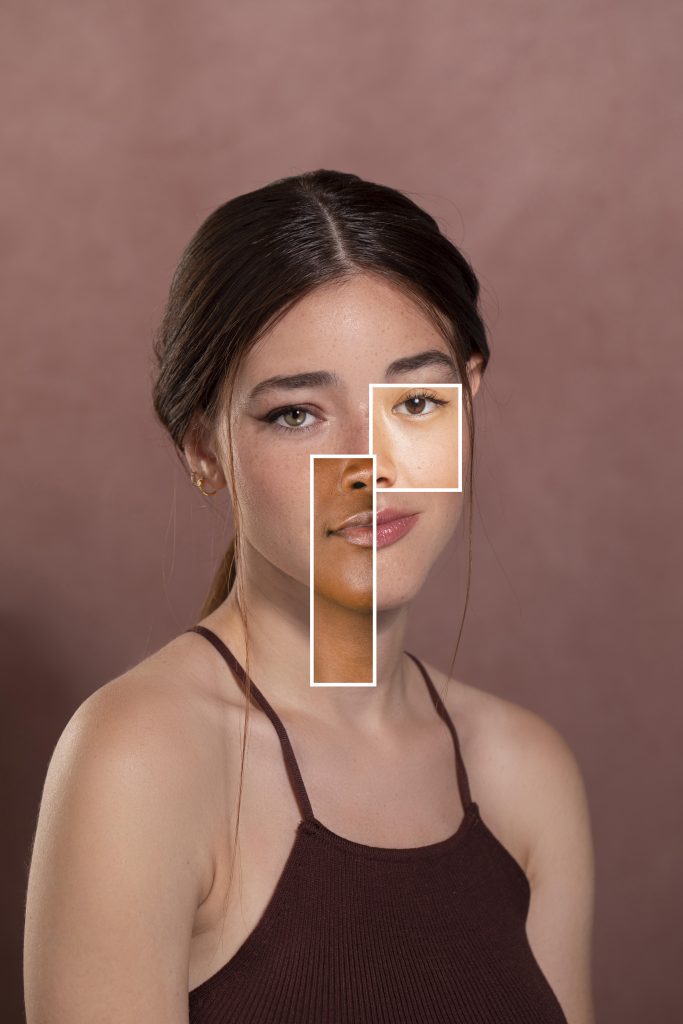
Sensitive skin
Sensitive skin is prone to irritation and discomfort, reacting easily to environmental factors and certain skincare products.
How can you identify sensitive skin?
1. Redness: Sensitive skin may frequently appear red or flushed.
2. Tingling or burning sensations: Irritation may manifest as a tingling or burning feeling on the skin.
3. Dryness or itching: Sensitive skin often experiences dryness and itching, even without obvious triggers.
4. Reactivity to products: Sensitivity is often marked by reactions to certain skincare or cosmetic products, leading to redness or irritation.
5. Fragrance intolerance: Sensitivity can involve a dislike or adverse reaction to fragrances in skincare or personal care items.
How to take care of sensitive skin?
1. Mild Cleansing: Use a fragrance-free, hypoallergenic cleanser to avoid irritation.
2. Gentle Moisturizing: Apply a hypoallergenic, fragrance-free moisturizer to keep the skin hydrated without causing irritation.
3. Sun Protection: Use a broad-spectrum sunscreen with a high SPF to shield sensitive skin from UV rays.
4. Patch Testing: Before using new skincare products, perform patch tests to ensure they don’t trigger reactions.
5. Avoid Harsh Ingredients: Choose products without alcohol, fragrances, and harsh chemicals to minimize the risk of irritation.
6. Hydration: Stay well-hydrated to support overall skin health.
7. Cool Showers: Use lukewarm water instead of hot water during showers, as hot water can exacerbate sensitivity.
8. Limit Exfoliation: Reduce the frequency of exfoliation to prevent further irritation.
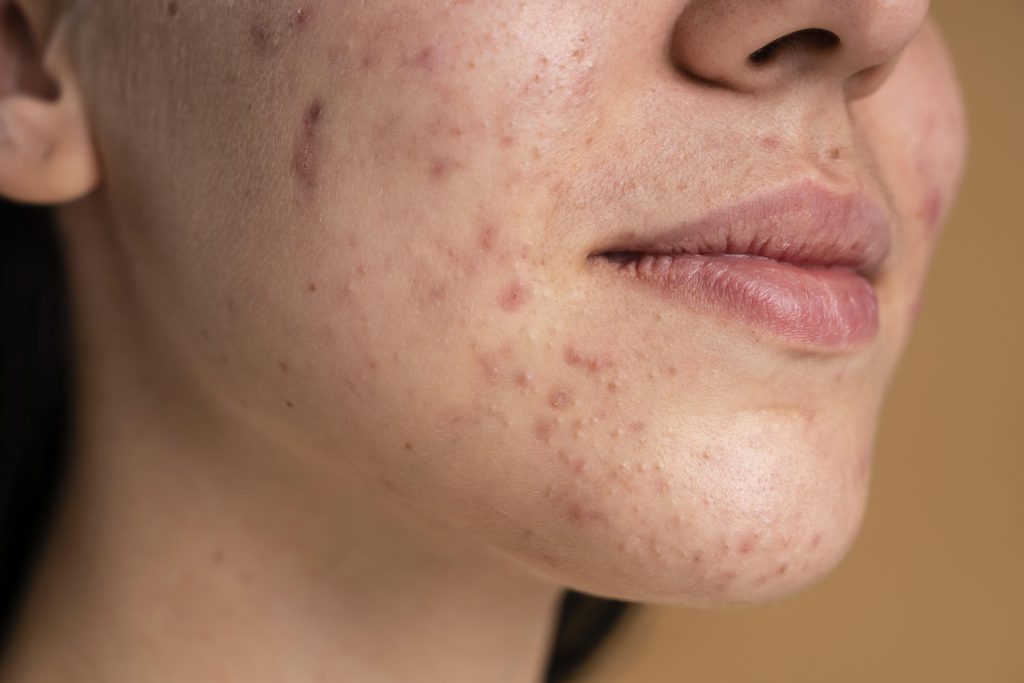
Our Services
We offer a wide range of beauty services
Aromatherapy
Body Treatments
Massages
Henna Artist
Hairdressing
Makeup
Makeup
Our makeup services
Facial Makeup
Suspendisse quis odio lobortis laoreet libero quis varius tortor.
Eye Makeup
Suspendisse quis odio lobortis laoreet libero quis varius tortor.
Face Makeup
Suspendisse quis odio lobortis laoreet libero quis varius tortor.
Eyebrow Makeup
Suspendisse quis odio lobortis laoreet libero quis varius tortor.
Haircut Makeup
Suspendisse quis odio lobortis laoreet libero quis varius tortor.
Dressing Table
Suspendisse quis odio lobortis laoreet libero quis varius tortor.
Our Brands
We use only the high quality original products











